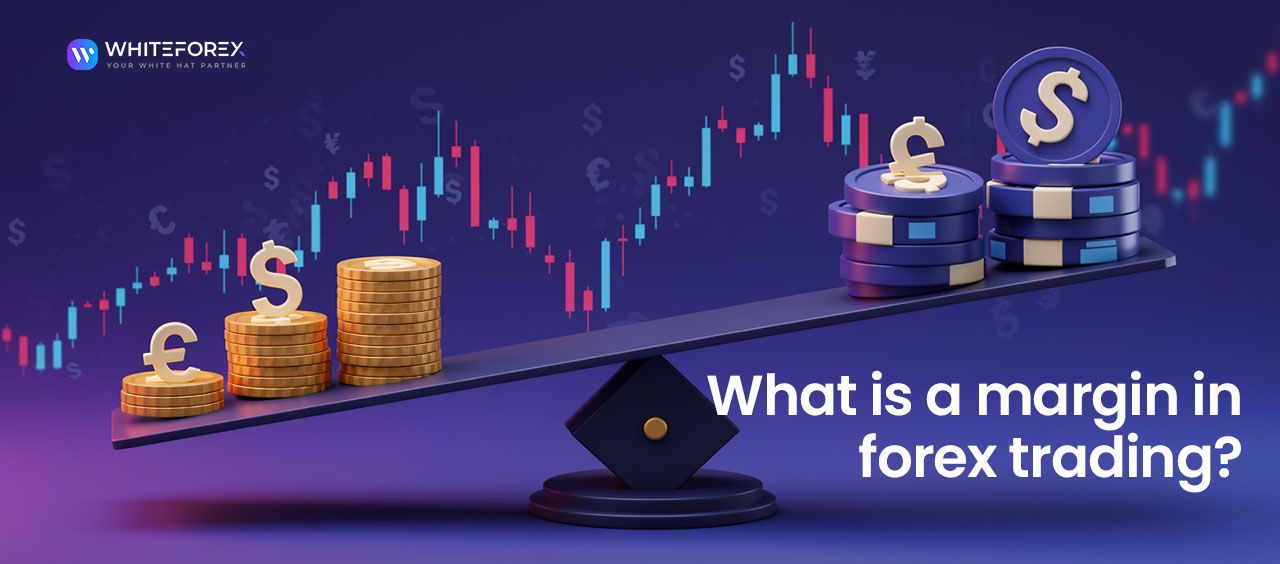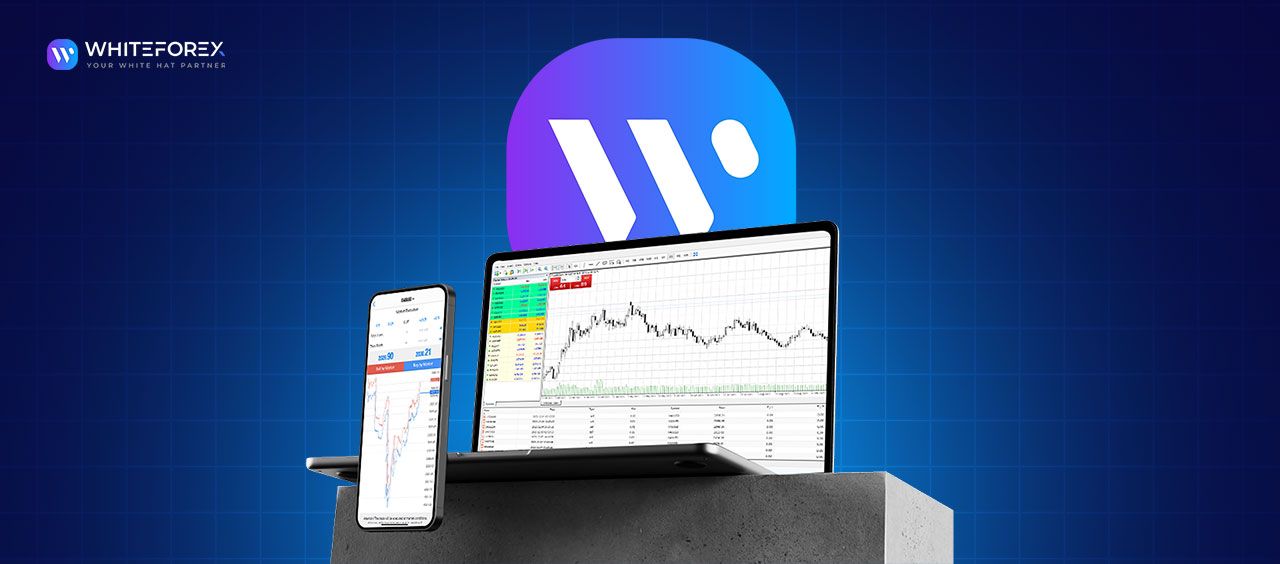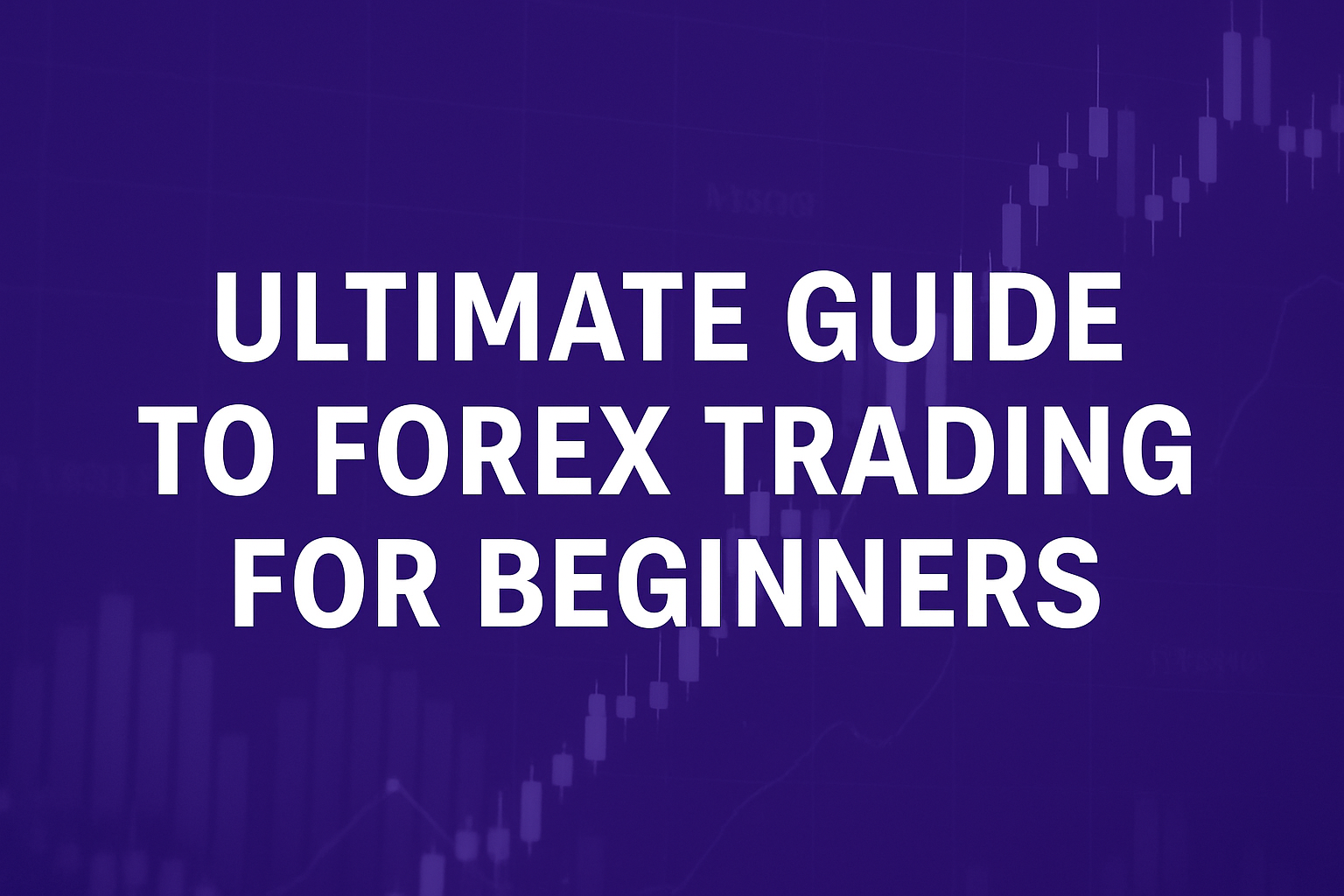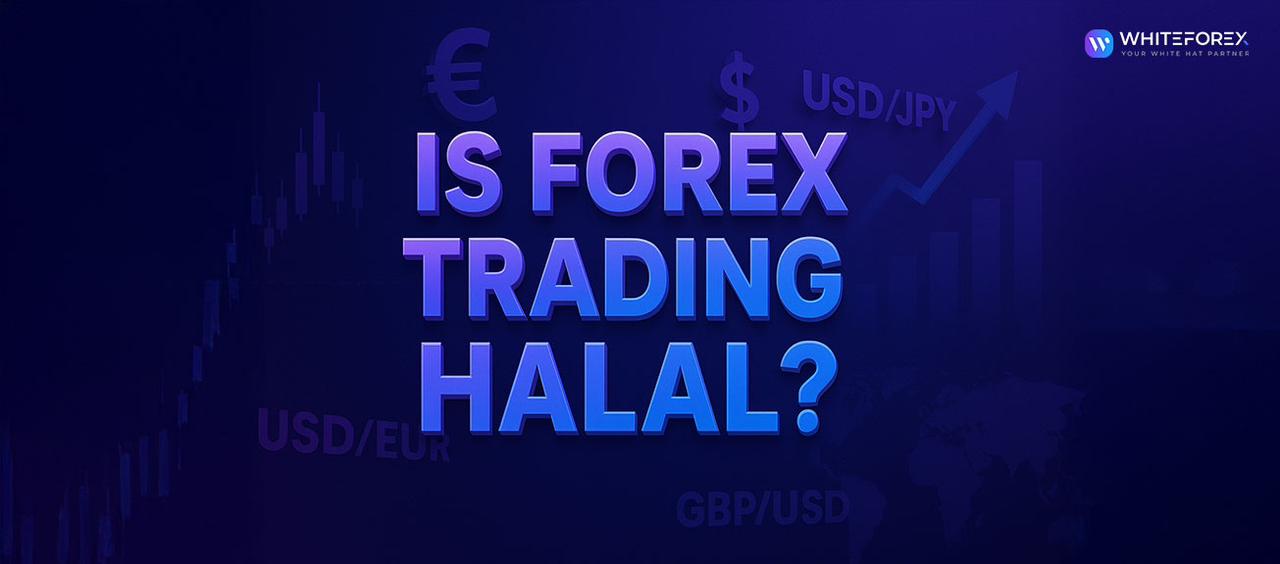The Hidden Force Behind Every Forex Trade
If you’ve ever wondered how traders manage to control positions much larger than their account balance, the answer lies in a straightforward word, margin. It’s one of the most misunderstood concepts in forex, yet it quietly determines how far a trader can go in the market. Understanding what a margin is in forex trading is like understanding the gears behind your car’s engine, you might not see them, but they keep everything running.
Margin allows traders to open leveraged positions without paying the full value of the trade upfront. Instead, a portion of funds is set aside as a security deposit. This portion, called the margin, allows small account holders to participate in large market movements.
The Real Definition Behind the Word “Margin”
To put it simply, what is margin? It’s the amount of money a broker requires you to have in your trading account to open and maintain a position. Let’s say you want to trade a standard lot of EUR/USD worth $100,000. If your broker offers 1:100 leverage, you’ll only need $1,000 as margin to control that position.
That $1,000 isn’t a fee. It’s not paid to the broker. It’s held as collateral while your trade is active. When you close the position, the margin is released back into your account — adjusted for any profit or loss.
According to the Bank for International Settlements, the forex market traded over $7.5 trillion daily as of 2024, and margin trading enables this immense liquidity. Without it, individual traders would need enormous capital to participate in global currency movements.
Why Margin Matters More Than Most Traders Realize
Many beginners view margin as a ticket to trade bigger, but professionals know it’s also a double-edged sword. While it increases potential returns, it can also magnify losses if the market moves against you.
Understanding what a margin is in forex trading is the first step to managing risk effectively. For instance, when your margin level (the ratio of equity to used margin) drops too low, your broker might issue a margin call, a warning that you’re running out of usable funds. If you don’t add more money or close positions, the broker may automatically liquidate your trades to prevent further losses.
In short, margin determines how much control you truly have over your trades and how much safety buffer you maintain in volatile markets.
How Step Margin Levels Work Behind the Scenes
One of the most critical but often overlooked concepts for traders is what step margin levels. Brokers use them to manage risk dynamically across client accounts.
Step margin levels are thresholds that determine how much margin a trader must maintain at different account levels. For example, a broker might set the following structure:
From $0 to $10,000 of account equity – 1:500 leverage
From $10,001 to $50,000 – 1:200 leverage
Above $50,001 – 1:100 leverage
As your account grows, the available leverage gradually decreases. This system protects both you and the broker by preventing excessive exposure on large accounts.
If you understand what step margin levels are, you’ll see they act like safety brakes on a car — designed not to limit your potential but to stop your trading account from spiraling out of control during volatile swings.
Real Numbers That Show the Power of Margin
To see how margin plays out in real scenarios, let’s look at an example. Suppose you have $2,000 in your account and want to open a 0.5-lot position on GBP/USD with 1:100 leverage.
Trade size = $50,000
Required margin = $50,000 / 100 = $500
That means $500 of your balance is locked as margin, leaving $1,500 as free margin. If the trade moves in your favor, your equity rises, and you can open additional trades. If it moves against you, your equity drops. Once it falls close to the used margin, you’ll hit the margin call level.
Now imagine that same trade with 1:500 leverage, your margin requirement drops to just $100. This flexibility is why margin is both powerful and risky. It can amplify opportunities, but without sound risk management, it can also drain an account quickly.
The Connection Between Margin and Leverage
You can’t understand what a margin is in forex trading without understanding leverage. They’re two sides of the same coin. Margin determines how much capital is required, while leverage determines how much control you get over your trading size.
For example:
1:50 leverage → 2% margin required
1:100 leverage → 1% margin required
1:500 leverage → 0.2% margin required
Each increase in leverage reduces the required margin, allowing larger positions. But it also narrows the distance between profit and loss. High leverage might look attractive, but it also means even small market moves can significantly impact your balance.
According to industry data from major brokers, more than 35% of beginner traders face margin calls within their first six months due to over-leveraging. That statistic alone shows why understanding margin mechanics is critical.
Managing Margin Wisely for Long-Term Trading Success
Margin shouldn’t be feared, it should be respected. Savvy traders use it strategically to manage exposure and maintain control. Here are some practical tips to manage your margin efficiently:
Monitor the margin level regularly. Keep it above 100% to stay safe.
Avoid using full leverage. Leave room for market fluctuations.
Diversify positions. Don’t lock all your margin into one pair.
Set stop-loss orders. Protect your account before emotions take over.
Understand your broker’s margin policy. Every platform has its own rules and liquidation levels.
By following these principles, you’re not only protecting your balance but also positioning yourself to take advantage of market volatility without unnecessary panic.
A Smarter Perspective on Risk
At its heart, what is a margin in forex trading teaches us a simple truth, control in the market isn’t about betting big, it’s about managing wisely. Margin isn’t there to push traders toward higher risk. It exists to create access and structure in a trillion-dollar global market.
Traders who master margin management often last the longest in the industry. They understand that patience, position sizing, and awareness of margin levels are the fundamental tools of success.
The next time you open a trade, think of margin as your silent partner, one that rewards discipline, punishes recklessness, and ultimately decides how far your trading journey goes.
Final Thoughts
Understanding what a margin is in forex trading can change the way you approach every decision in the market. From calculating exposure to managing risk, it’s the concept that ties everything together.
Margin gives traders an opportunity, but it also demands responsibility. Learn how it works, respect its limits, and use it as a tool, not a temptation.
For anyone serious about building a sustainable trading strategy, mastering what step margin levels are and learning what margin is in detail is a foundation that can’t be skipped.
Because in the fast-paced world of forex, it’s not just about predicting market moves, it’s about understanding the structure that allows you to play the game in the first place.







